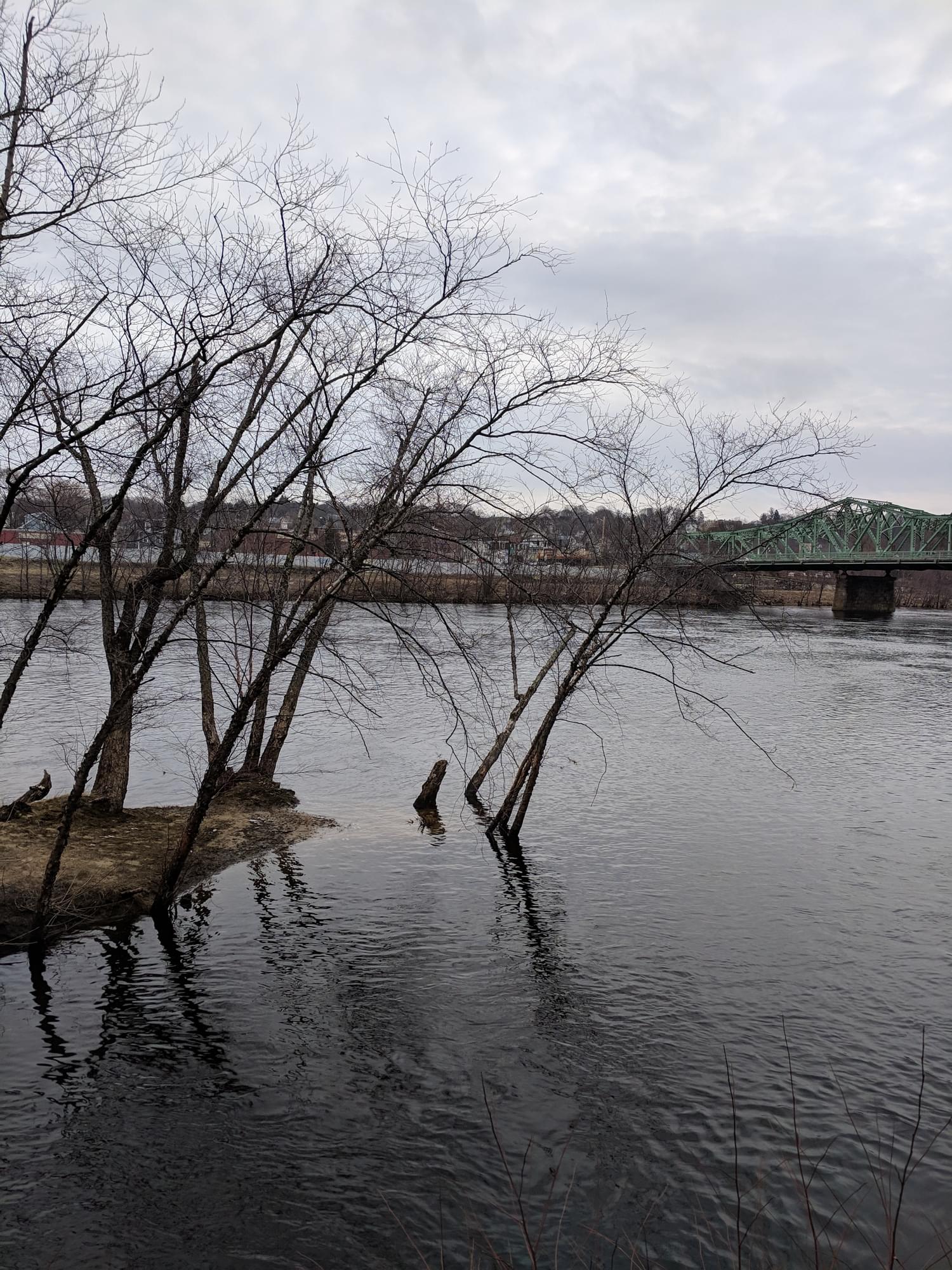Lowell National Historical Park

Lowell National Historical Park
Lowell, Massachusetts 01852
Official WebsiteLowell National Historical Park map
Merrimack River Watershed Association website
Merrimack River (National Park Service) wepage
About this Location
Lowell’s water-powered textile mills catapulted the nation, including immigrant families and early female factory workers, into an uncertain new industrial era. Nearly 200 years later, the changes that began here still reverberate in our shifting global economy. Explore Lowell, a living monument to the dynamic human story of the Industrial Revolution.
Birds come to live in Lowell for all sorts of reasons. Many make use of the Merrimack River and canals for food and shelter. Others make their home in Lowell’s parks and rooftops. Birds of prey perch on buildings or fly high in the sky, searching for small mammals, reptiles, and birds.
About Merrimack River
See all hotspots at Merrimack River
The Merrimack River is a 117-mile-long river in the northeastern United States. It rises at the confluence of the Pemigewasset and Winnipesaukee rivers in Franklin, New Hampshire, flows southward into Massachusetts, and then flows northeast until it empties into the Atlantic Ocean at Newburyport. From the point where the Merrimack turns northeast in Lowell, Massachusetts onward, the Massachusetts–New Hampshire border is roughly calculated as the line three miles north of the river.
Features
Restrooms on site
Wheelchair accessible trail
Entrance fee
Content from Official Website
Last updated January 3, 2024
